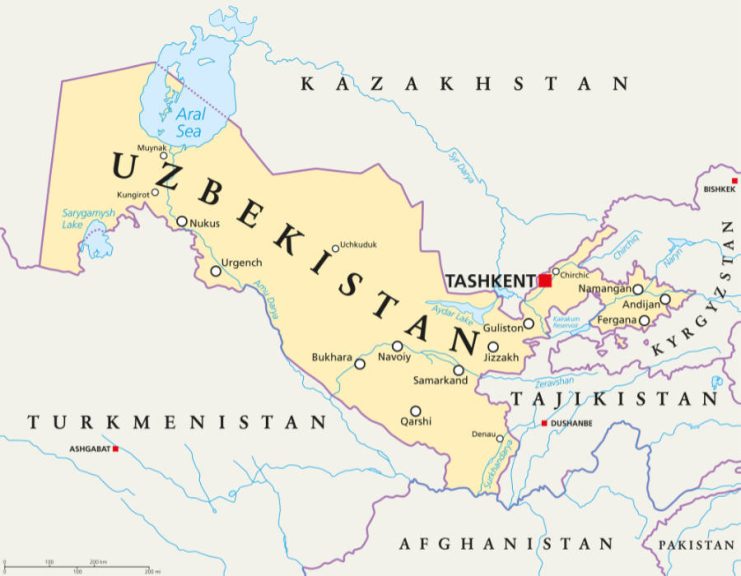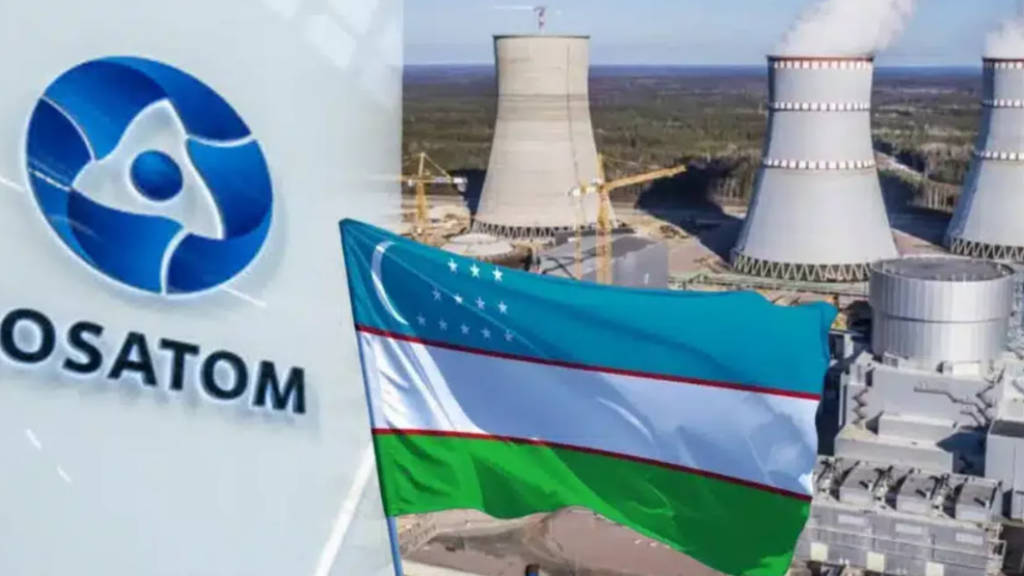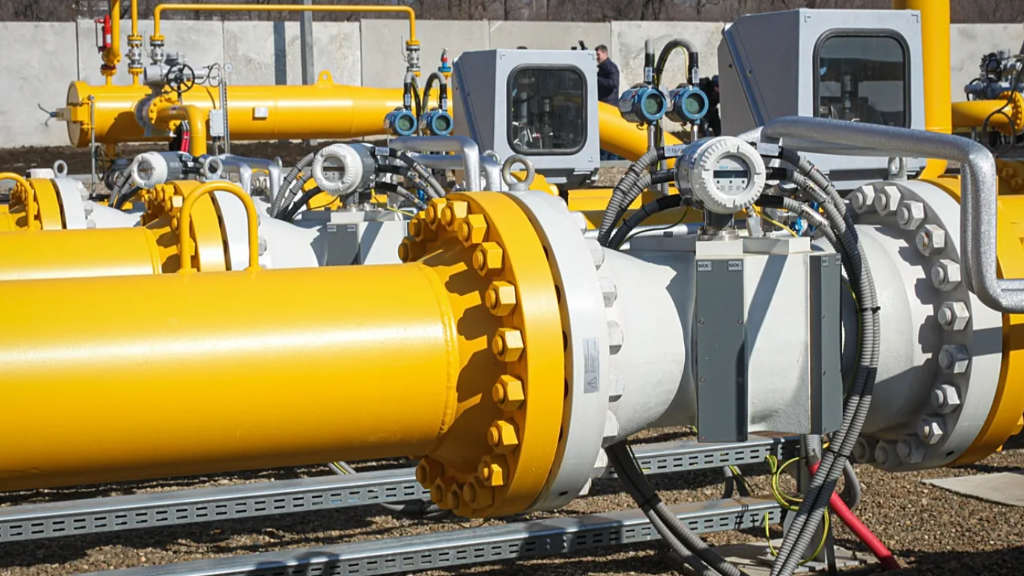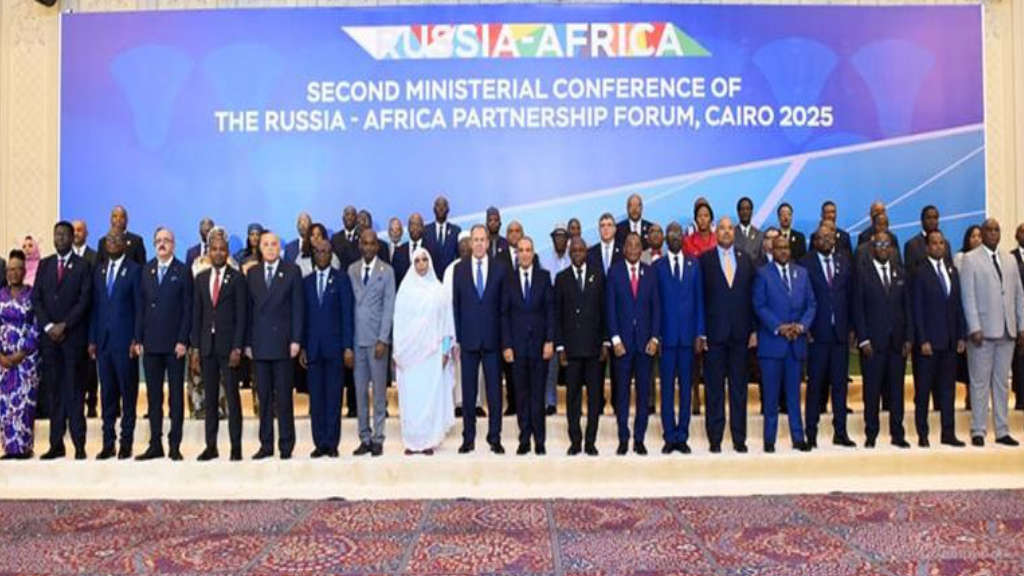Russia’s Rosatom has stated that the proposed ‘Large Nuclear Power Project’ in Uzbekistan needs to be reconfigured to attain the maximum operational benefits. This includes the construction of two VVER-1000 power units with a possible increase to four, according to the company.
Rosatom and Uzbekistan agreed during the St. Petersburg International Economic Forum to look at the possibility of building a large-capacity NPP in Uzbekistan, while simultaneously moving forward with a small-capacity NPP project. Russian Deputy Prime Minister Alexander Novak said on Thursday. (June 19) that “The original project envisioned the construction of six reactors with a capacity of 55 MW each. This was later altered. Today, specific economic parameters are being discussed. There will be two units of 1000 MW each and two units of 55 MW each.”
Rosatom CEO Alexey Likhachev said that “A decision has already been made, and we are implementing the project for two small NPP units based on RITM-200 reactors. This will optimize costs” for construction, increase the competitiveness” of electricity, and make it more attractive to consumers. What are we working on now is expanding this project. We are working on the design of an additional two large gigawatt-class nuclear power units at this site.”
He said that “In this configuration we will have a base generation of, say, 2,000 MW, if we are opting for thousand GW units, and very high manoeuvrability at the level of another 200 MW for small units. The revenue from the small power plant will significantly reduce investment and capital costs at the final stage of construction of large gigawatt capacities. Optimization of sites, turning them into one common site, reduces capital costs by up to 10%”.
He said the impact might be even greater if revenue from the small NPP is added before the large one is commissioned.

Uzbekistan is something of a nuclear power innovator in Central Asia. As the region faces rising electricity demands, carbon reduction commitments, and energy security challenges, Uzbekistan is stepping into an ambitious role: to become Central Asia’s first nuclear power hub.
It already has a legacy of nuclear expertise, a bold strategy centered on both large-scale reactors and innovative Small Modular Reactors (SMRs), and a growing network of international partnerships, meaning the country is charting a new course in its energy future.
Change is needed – Uzbekistan ranks as the second-highest CO₂ emitter in Central Asia, with its CO₂ intensity of GDP approximately 77% above the global average. The energy sector is the principal contributor to national greenhouse gas (GHG) emissions, accounting for nearly 83% or 116.1 million tonnes of CO₂ emissions. Within this sector, the residential and industrial segments collectively generate over 70% of the total GHG emissions. Consequently, decarbonizing Uzbekistan’s energy landscape is pivotal for meeting the country’s climate targets under the Paris Agreement.
Currently, Uzbekistan’s energy mix is heavily reliant on natural gas, which constitutes 85.9% of total energy consumption. Renewable energy, comprised solely of hydropower, accounts for a mere 0.9%. Electricity generation mirrors this pattern, with natural gas contributing 88%, while hydropower represents only 7%. With electricity demand projected to nearly double to 120 TWh by 2030, Uzbekistan faces an urgent need to scale up low-carbon electrification.
In response, the Uzbek Ministry of Energy released a ‘Concept Note’ in May 2020, outlining the nation’s vision for its electricity sector through 2030. This framework envisions 15% of electricity being generated from nuclear energy by the end of the decade, with solar and wind sources contributing 8% and 7%, respectively.
Further Reading
Russia Upgrades Uzbekistan’s National Gas Turbine Infrastructure





